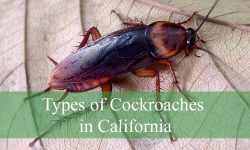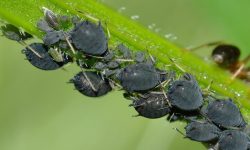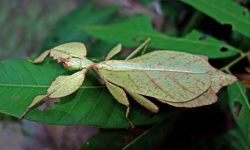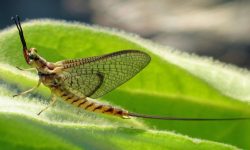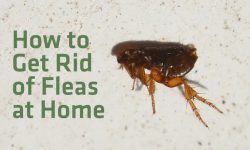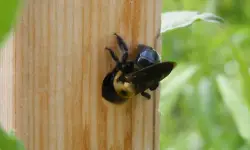Cockroach infestations are a serious concern in both residential and commercial spaces. One of the earliest and most reliable signs of a roach problem is cockroach poop. This article will provide a comprehensive guide to identifying cockroach poop, understanding what it indicates, and why prompt action is essential. Homeowners, renters, and business owners alike can benefit from recognizing the signs of cockroach feces to address infestations before they escalate.
What Is Cockroach Poop?
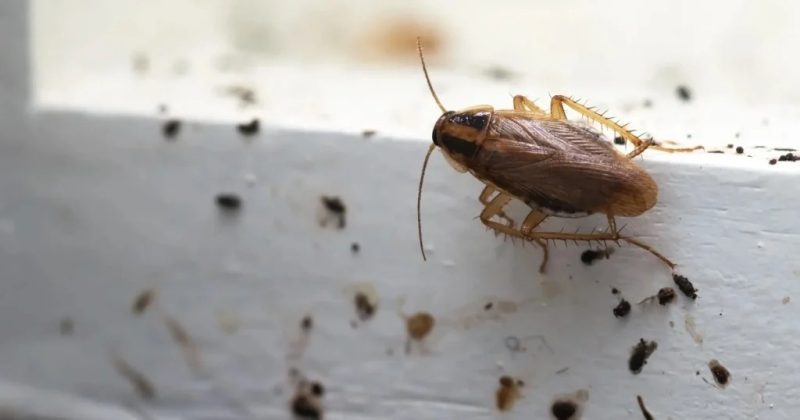
Cockroach poop, or cockroach droppings, is the waste material excreted by roaches after digesting food. All cockroach species produce feces, though the appearance may vary slightly depending on the size and type of cockroach. Because these pests are nocturnal and often hide in dark places, their droppings are often the most visible sign of their presence.
Composition of Cockroach Poop
Cockroach poop consists of undigested food particles, bacteria, and various organic materials. It often contains allergens and can carry pathogens that may affect human health. Unlike other pests such as rodents, cockroach feces are often mistaken for specks of dirt, coffee grounds, or pepper due to their size and shape.
Where Is Cockroach Poop Found?
You’re most likely to find cockroach poop in areas where roaches are active: behind appliances, in kitchen cabinets, under sinks, in basements, and along baseboards. You might also find it in drawers, storage areas, and anywhere food crumbs are present. Spotting this type of feces should prompt immediate investigation and action.
What Cockroach Poop Looks Like
Recognizing cockroach poop is critical to identifying an infestation. The appearance of droppings varies depending on the cockroach species.
Small Cockroach Poop
Smaller cockroaches, such as the German cockroach, produce droppings that look like black pepper or ground coffee. The particles are tiny, dark, and often scattered. These can easily blend into the environment and are often overlooked. German roach feces often appear in clusters and are found near food sources and humid areas.
Large Cockroach Poop
Larger species like the American cockroach produce cylindrical feces that are slightly longer and thicker. These droppings may have ridges running along their length and sometimes resemble mouse droppings. However, unlike rodent feces, cockroach poop lacks a pointed end and is more uniform in shape.
Fresh vs. Old Cockroach Poop
Fresh cockroach poop is darker, moist, and sticky. It may smear when touched and can leave stains on surfaces. As it dries, it becomes harder and duller in color. Stains from dried feces can persist even after the infestation is gone, making it essential to clean thoroughly.
Why You Should Care About Cockroach Poop
Ignoring cockroach poop can lead to severe health risks and indicate a deeper pest control issue. Here’s why you should be concerned.
Health Hazards
Cockroach droppings carry harmful bacteria and pathogens, including E. coli and Salmonella. These can lead to food poisoning, stomach infections, and other digestive issues if surfaces are contaminated. People with asthma or allergies may experience worsening symptoms due to allergens found in cockroach poop.
Triggers for Allergies and Asthma
The proteins found in cockroach feces are known allergens. Prolonged exposure can lead to chronic respiratory issues, especially in children, the elderly, and immunocompromised individuals. Homes with visible cockroach poop often see an increase in allergy-related symptoms.
Indicators of Infestation Size
The amount and distribution of cockroach poop can help determine the size of the infestation. A few droppings may indicate a recent or small problem, while large accumulations suggest a long-standing and serious infestation. If you see feces in multiple rooms, chances are the infestation is widespread.
Food and Surface Contamination
Cockroach feces often end up in kitchens, pantries, and dining areas. This poses a risk of contaminating food and surfaces. When roaches crawl through waste, garbage, or dirty areas and then walk across food prep areas, they leave behind fecal matter that can compromise hygiene.
How to Identify Cockroach Poop vs. Other Droppings

Sometimes, homeowners confuse cockroach feces with other types of droppings. Here’s how to differentiate them.
Cockroach Poop vs. Mouse Droppings
Mouse droppings are usually longer, with pointed ends, and may appear more solid and dry. Cockroach poop is smaller, more cylindrical or pellet-like, and lacks the sharp ends. Mice also tend to defecate in corners and along walls, while roaches leave droppings wherever they travel.
Cockroach Poop vs. Termite Droppings
Termite droppings, or frass, look like small wood-colored pellets. These are often found near wooden structures. Cockroach feces, on the other hand, are dark and more irregular. Termite frass feels gritty, while cockroach poop is usually softer when fresh.
Cockroach Poop vs. Dirt or Coffee Grounds
Because of their appearance, cockroach droppings are often mistaken for coffee grounds or dirt. However, if the “dirt” appears in unusual locations like cabinet corners, under the sink, or in food containers, it’s likely cockroach poop. A flashlight inspection can help clarify suspicions.
What to Do If You Find Cockroach Poop
Discovering cockroach poop should be a wake-up call. Here are the steps to take immediately:
Step 1: Confirm the Source
Look for additional signs such as roach egg cases (ootheca), shed skins, musty odors, or live cockroaches. These signs, along with the poop, confirm an infestation.
Step 2: Clean the Affected Area
Use gloves, disinfectant sprays, and disposable cloths to clean the area. Avoid using vacuums without HEPA filters, as they may blow fecal particles into the air. Clean surfaces thoroughly, especially in kitchens and bathrooms.
Step 3: Seal Entry Points
Inspect walls, pipes, vents, and other access points. Use caulk or sealant to close off any cracks or openings. Preventing future entry is crucial to long-term control.
Step 4: Set Traps or Use Baits
Cockroach baits, sticky traps, and gel applications are effective for identifying and reducing populations. Place traps near areas where poop was discovered.
Step 5: Call a Pest Control Professional
For large or persistent infestations, professional pest control is essential. Exterminators have access to stronger treatments and can help eliminate cockroaches at the source.
Preventing Future Cockroach Infestations
Prevention is always better than cure. Keeping your home clean and sanitary can drastically reduce the chances of a cockroach problem.
Maintain Cleanliness
Always wipe down counters, sweep floors, and avoid leaving dirty dishes in the sink. Store food in airtight containers and regularly empty garbage bins. Cockroaches thrive in environments with food crumbs and standing water.
Regular Inspections
Perform periodic checks of dark and hidden areas such as behind the refrigerator, under sinks, and inside cabinets. Spotting poop early can help prevent a full-blown infestation.
Reduce Moisture
Fix leaking pipes, dry out damp areas, and use dehumidifiers if necessary. Roaches are attracted to moisture, and reducing humidity can discourage them from settling in.
Remove Clutter
Roaches love hiding in stacks of newspapers, cardboard boxes, and cluttered corners. Decluttering reduces hiding spots and makes pest control more effective.
Conclusion
Understanding what cockroach poop looks like and knowing why it matters can help you identify infestations early and take effective action. These tiny droppings are more than just an unpleasant nuisance —they’re a red flag that should never be ignored. By paying attention to the signs, maintaining cleanliness, and acting quickly, you can protect your home and health from the risks associated with cockroach infestations.
If you’ve spotted cockroach poop in your home, don’t delay. Whether it’s a minor issue or a growing infestation, swift action can make all the difference in keeping your space safe and pest-free.

